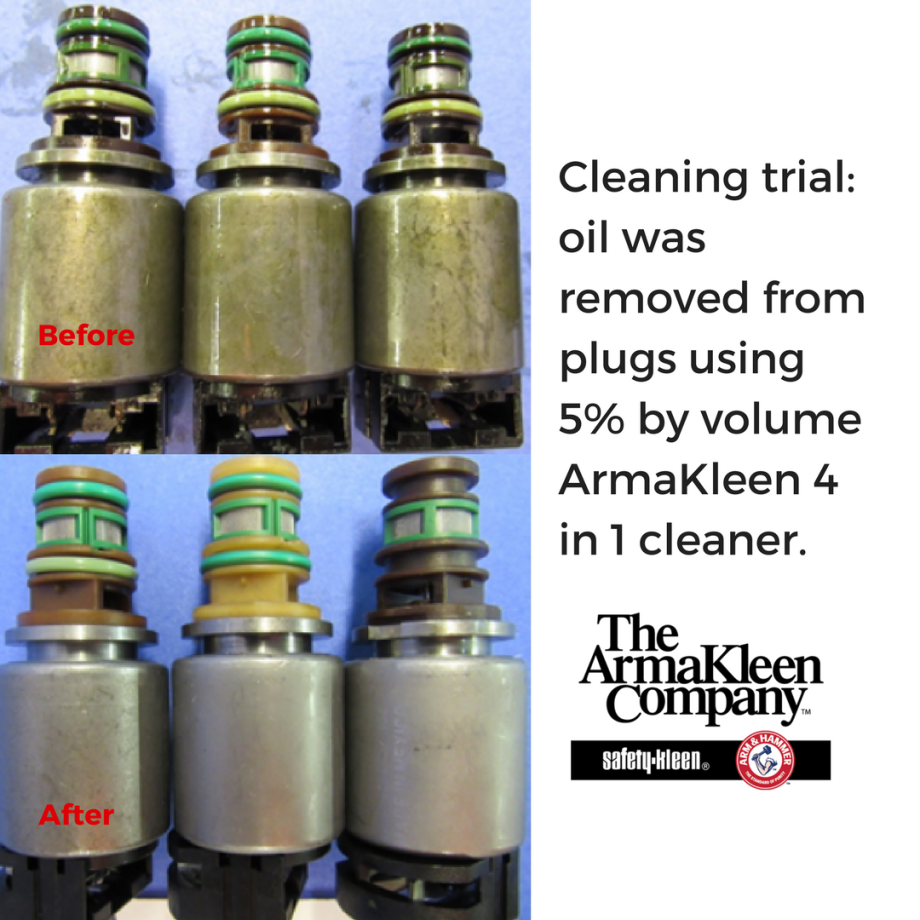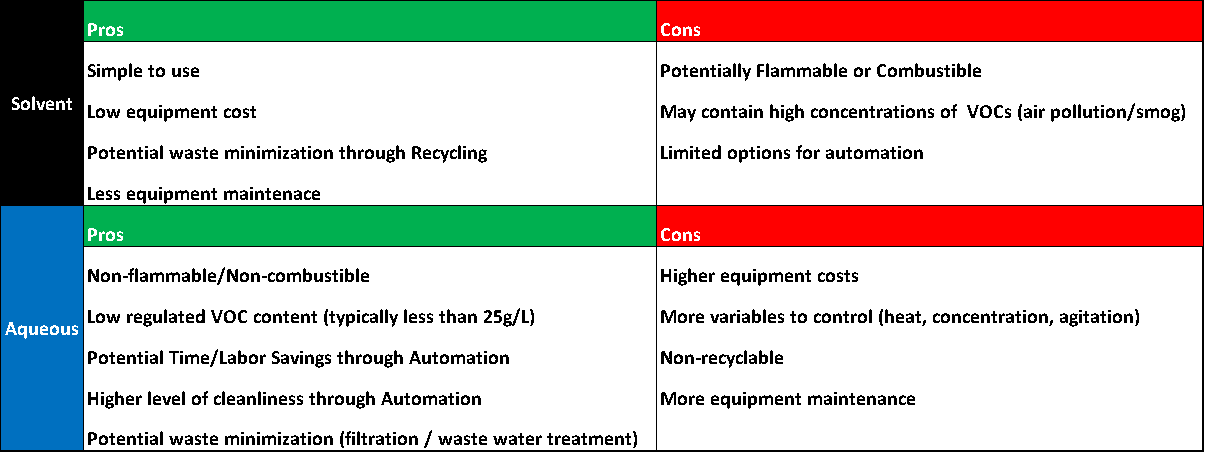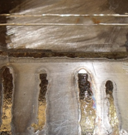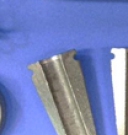Automated Aqueous Cleaning Process
 When attempting to answer questions about what cleaning solutions work best for certain applications and which are most cost effective, it’s important to also consider what type of parts washer would work best for the solution, the soils being removed, and the cleaning process itself. Over the years, solvents have typically been regarded as superior cleaners, but with advancements made in aqueous cleaning technologies, aqueous cleaners have proven to be as effective as or better than solvents in many applications. So the question really boils down to what are you company’s environmental and financial objectives and goals. To help answer these questions, there are a few things that need to be considered:
When attempting to answer questions about what cleaning solutions work best for certain applications and which are most cost effective, it’s important to also consider what type of parts washer would work best for the solution, the soils being removed, and the cleaning process itself. Over the years, solvents have typically been regarded as superior cleaners, but with advancements made in aqueous cleaning technologies, aqueous cleaners have proven to be as effective as or better than solvents in many applications. So the question really boils down to what are you company’s environmental and financial objectives and goals. To help answer these questions, there are a few things that need to be considered:
- Are there any potential health & safety risks associated with the cleaning process?
- What are your company’s objectives for reducing hazards?
- How much waste is being produced, and is there an opportunity to minimize waste?
- How often do parts need to be cleaned?
- How much time is spent on cleaning parts?
- Are there any cleaning specifications or certifications required?
- Are there any regulatory limitations that need to be considered?
The answers to these questions will lead us down a path on whether using an organic solvent or an aqueous based solution would work best. Generally speaking, solvents work best in manual cleaning applications or immersion systems where greases and oils are being removed and labor dollars are not a concern. If you’re looking to remove tougher soils like carbon in an automated process, then aqueous solutions like ArmaKleen’s newly introduced M-100 BCR (Baked on Carbon Remover) or 4 in 1 chemistries are more appropriate. Most aqueous chemistries like those available through ArmaKleen are formulated to work on a variety of substrates and work equally well on aluminum and cast iron parts, and solvents can be used on all metal substrates as well. So the questions here again fall back to what types of soils are being removed, and ultimately what are your objectives. Are you looking to automate and reduce labor costs, are you looking to reduce potential hazards in your workplace, do you spend 45 minutes or more per day cleaning parts, can the soils be effectively removed using manual cleaning, do you have any budget constraints etc.
When comparing costs, it’s important to understand the overall economics of the cleaning process, and the volume of product required. In general, solvents are less expensive than aqueous cleaning solutions when buying by the gallon, but when you consider that many aqueous cleaners like those developed by ArmaKleen are highly concentrated and can be diluted to 5%-10% concentrations, your economics change. Using a 20gal capacity parts washer as an example, you would need 20 gallons of solvent compared to 1-2 gallons of aqueous chemistry concentrate, so from a product perspective, aqueous is more cost effective. However, aqueous solutions require heat, and in many cases require parts washers with automation and/or stainless steel construction to work optimally and protect against corrosion. So from an equipment aspect, aqueous can require a higher investment initially compared to solvent.
The most critical things to consider when choosing the right cleaning solutions are the potential health & safety risks introduced by the process. Typically, the more hazardous the chemical or solution, the better it cleans, but at what cost? Today, we are seeing more and more companies place a higher value on improving the health and safety of their workers and abandon the “old school” methods of parts cleaning where more harmful solvents such as trichloroethylene or MEK etc were used replacing them with safer cleaning alternatives, and most are realizing significant cost and environmental benefits from making the switch. Naptha based solvents have been shown to have minimal health risks when used in accordance with recommended work practices for cleaning & degreasing and are a viable, safer alternative, but there are some safety considerations to be made in regards to fire prevention. It’s critical for these types of solvent based parts washers to utilize appropriate safety devices such as fusible links etc. Most aqueous based solutions are non-hazardous and all are non-flammable, so aqueous cleaners provide a safer parts cleaning solution. Studies are showing that organizations that focus on building strong environmental, health, and safety programs are recognizing higher employee productivity and morale while reducing turnover and costs associated with lost time incidents or missed work days. So in this aspect, aqueous cleaning has the clear advantage.
One final consideration when choosing your parts washing solution is in regards to regulatory compliance. Air districts across the country are looking to implement stricter air quality regulations that limit the amount of regulated VOC’s in cleaners used in parts cleaning & degreasing operations, typically 25g/L or less. The SCAQMD in Southern California implemented such regulations years ago, and more air districts such as the OTC (Ozone Transport Commission) in the northeast are looking to implement similar regulations in the future. Typical organic solvents contain 100% regulated VOC content and therefore are subject to these air regulations. Aqueous cleaners have lower VOC content, and most fall below the 25g/L threshold when diluted for parts washing applications. Here again, aqueous cleaners have the upper hand for reducing VOC emissions.
In conclusion, choosing the right chemistry and cleaning process can be a little tricky, and in many cases, finding the right solution may require some trial and error to ultimately achieve the results you’re looking for. But you don’t have to go through this alone. There are environmental service providers available like Safety-Kleen that can work alongside you and help you with your decision. These companies can offer a variety of parts washing solutions, free cleaning trials, assistance with ROI calculations and more. In order to implement a sustainable program in your organization, it’s critical to find the right balance between your company’s economic needs, your goals for improving health & safety and your environmental objectives, and partners like Safety-Kleen and ArmaKleen can help.
Below is a chart that compares some of the pros and cons of solvent cleaning vs aqueous cleaning:

- Log in to post comments




